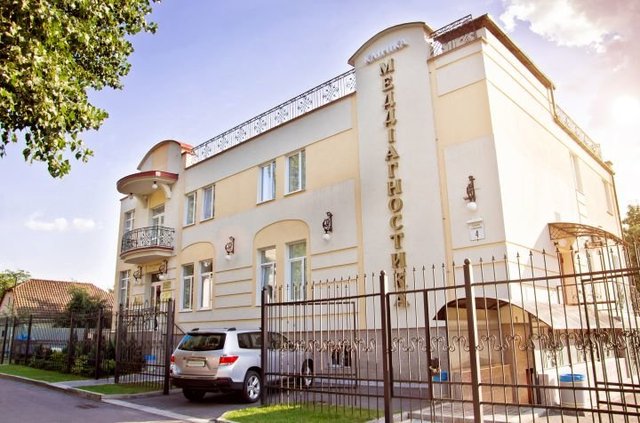5 main diagnostic methods in modern medicine
Diagnosis is a pair of procedures through which the type of patient’s disease is established. Competent doctors perform their job with maximum precision, based on academic knowledge, rich experience of patient management along with the achievements of drugs of the latest generations. But, despite such initial data, diagnostics can not be infallible, since medicine retains quite a distance to travel, as well as perhaps were on the verge of major discoveries.

What is a diagnosis?
A diagnosis can be a list of signs that serve to establish the character from the disease, plus the amount of its development. To detect any adverse health problem and begin the correct treatment, an expert doctor depends on modern diagnostic methods, among which you will find five main ones.
5 diagnostic methods
To deliver the patient with complete information regarding his diagnosis, the doctor uses a number of the next methods:
1. Clinical diagnosis
This is actually the most popular way of making a diagnosis. It can be with different visual examination and laboratory tests, by using that your doctor will identify a certain disease inside a patient. Moreover, this kind of diagnosis will be able to declare the absence of any disease inside a patient, which will mean his tendency to hypochondria.
2. Differential diagnosis
This sort of diagnosis accounts for diseases that can get a new clinical picture from the patient. Often it uses a number of additional tests, owing to their help lots of the possible factors behind the introduction of the condition may be excluded. By way of example, when fever, headaches, or fatigue occur, a differential diagnosis is essential as there are many diseases that typical to these symptoms.
3. Etiological diagnosis
This choice targets recognizing the standards that led to the appearance of a given disease within a patient. By way of example, if someone has severe bronchitis, then only via an etiological diagnosis can one uncover whether this is due to the habit of smoking.
4. Nosological diagnosis
Nosology allows the doctor to make sure that he has the characteristic manifestations of the particular disease, since it has already been explained his predecessors and combined into a specific clinical picture. To put it differently, by making use of the therapy lamp of ??medicine, doctors will give further diagnostics the best direction.
5. Topographic diagnostics
This is the method in line with the localization and detection of lesions in organs and tissues. It is about comprehending the indicators with the human body, which may be at the mercy of modifications in the path of the illness.
After collecting data while using the above diagnostic methods, the physician expresses a hypothetical hypothesis in regards to the patient’s disease. The harder studies will likely be applied, the greater accurate the diagnosis will be and the better the therapy will be.
To get more information about Diagnosis of diseases of the spine you can check the best web site